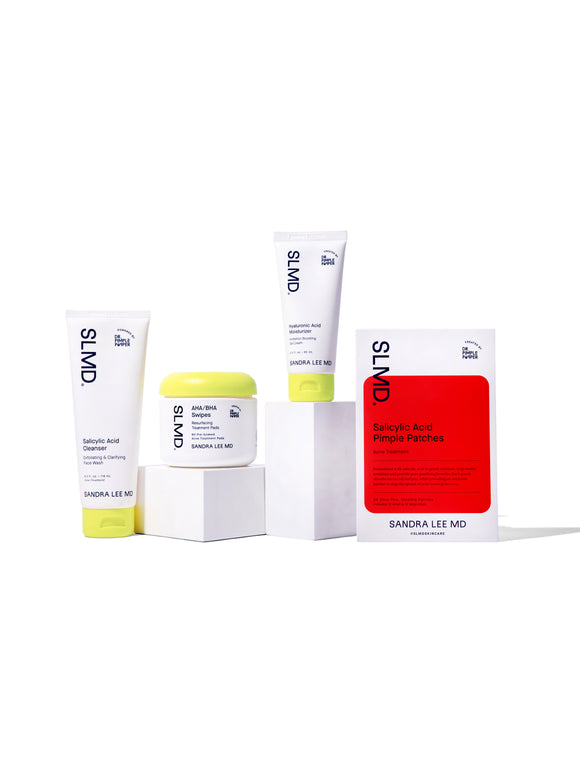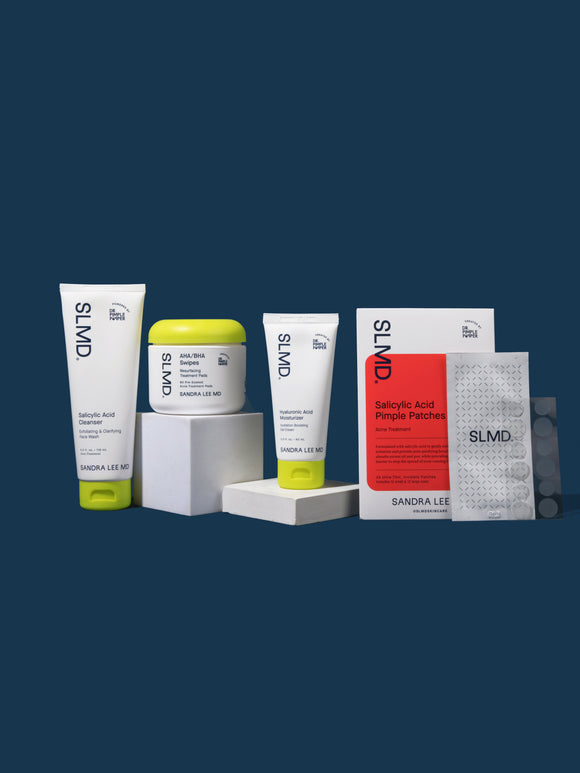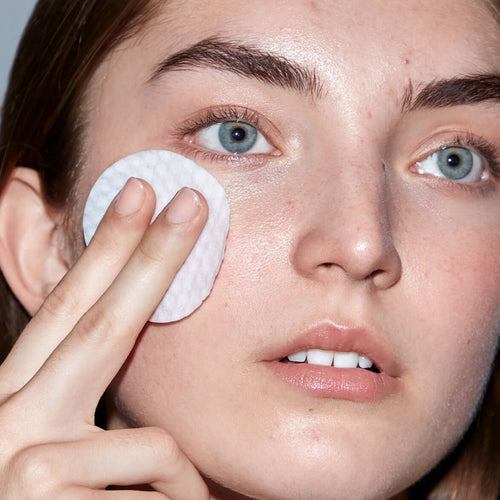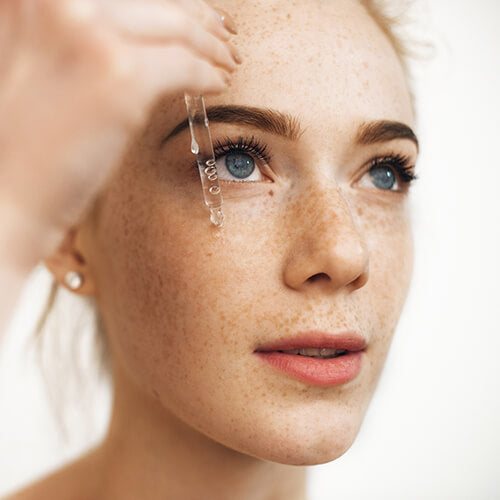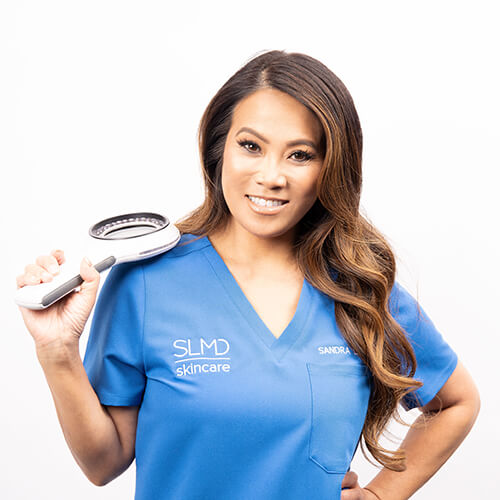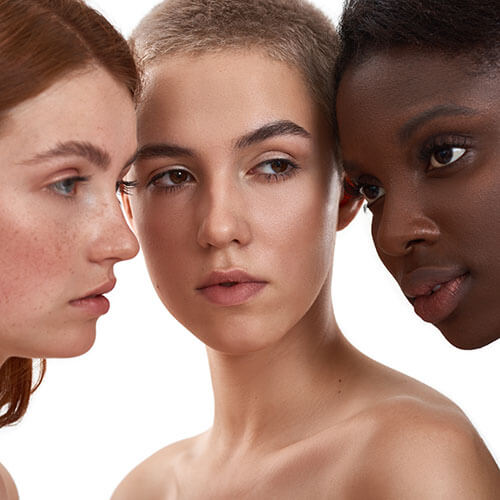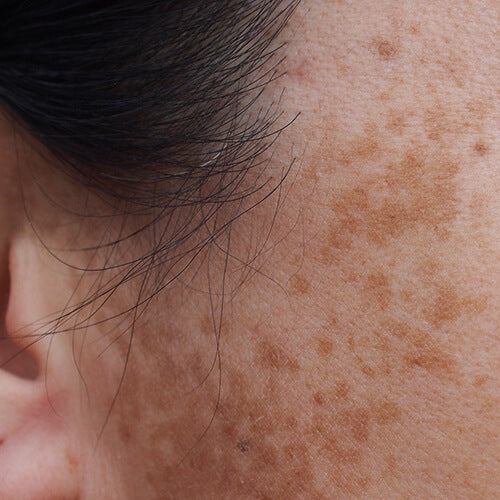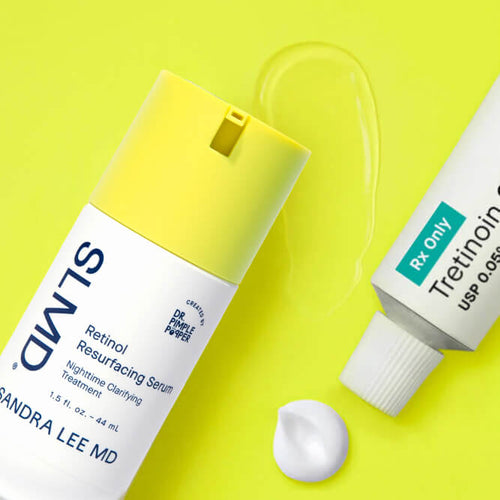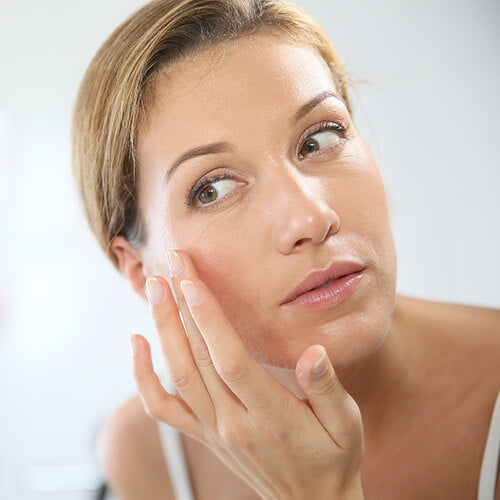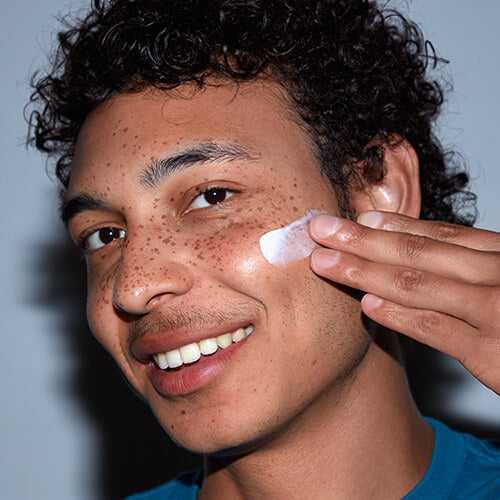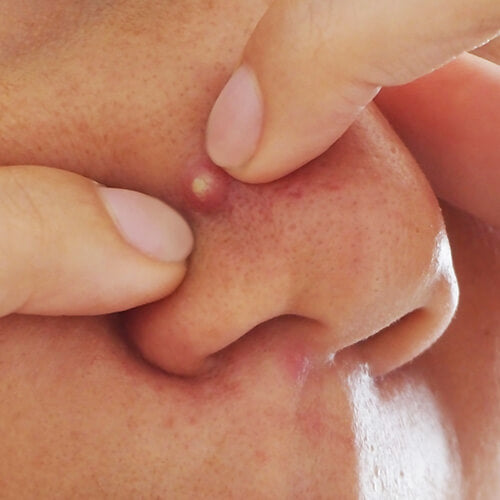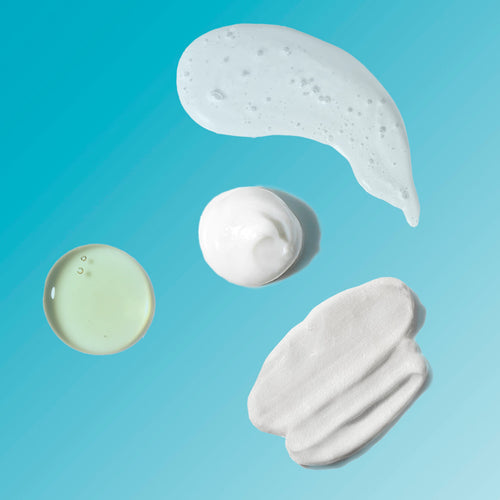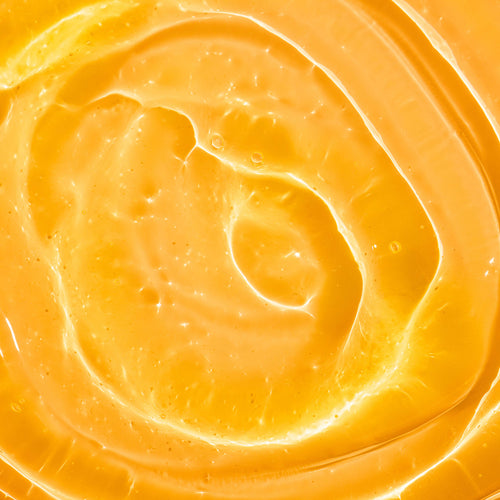Melanin 101: Everything You Need to Know about Skin Pigmentation
This pigment gives color to our skin, hair and eyes — and also lets us know when our skin is damaged.
Published:
2 minute read
You’ve probably heard of melanin before: it’s the pigment responsible for the color of our skin, hair and eyes. What you may not be familiar with is the difference between the melanin we’re born with, and the melanin our skin produces to try to protect us from environmental stress.
We’re diving into the details about melanin: how it’s made, how and when your skin makes more, and what can happen when excess accumulates. This is everything you need to know about skin pigmentation.
Article Quick Links
What is melanin?
Melanin is the pigment that creates our skin tone. It’s created in specialized cells in the lower epidermis called melanocytes. These cells produce small packages, or granules, of melanin called melanosomes.
Everyone’s body produces melanin — the various concentrations of it determine our skin and hair color. Melanin also adds color to your hair, your eyes, and even areas of your brain and adrenal glands. There are two different types:
- Eumelanin: creates brownish hues
- Pheomelanin: responsible for reddish colors
People with darker skin tones and hair colors may have more eumelanin, and redheads might have some extra pheomelanin. Contrary to popular belief, darker Fitzpatrick skin tones do not typically have a higher number of melanocytes — they have more (and often larger) melanosomes.
Dr. Pimple Popper's Hyperpigmentation Picks
How does melanin contribute to hyperpigmentation?
Our inborn melanin levels and distribution is genetic and perfectly natural — designed (at least in part) to protect our skin from environmental stressors like ultraviolet radiation. However, our skin amps up melanin production when our innate defenses are no longer able to neutralize damaging chemical reactions.
Sun exposure, hormonal changes and trauma (like a wound or acne) can all lead to excess melanin production taking form as:
- Freckles
- Sun spots
- Post-inflammatory hyperpigmentation (PIH)
- Melasma
In the case of UV damage, more melanosomes are produced, passing from the melanocytes into the keratinocytes and forming tiny “umbrellas” over the nuclei of skin cells to protect the DNA inside.
Is there a way to minimize the appearance of melanin?
Yes — there are ingredients that can help reduce the look of dark spots resulting from things like acne, melasma, and sun exposure. These ingredients work in a variety of ways, and are often classified depending on their mode of action:
- Antioxidants: help neutralize the free radicals and reactive oxygen species (ROS) that can lead to environmental stress.
- Exfoliants: slough off dead cells where excess melanin accumulates.
- Melanin inhibitors: prevent the action of enzymes and other substances that enable melanin production
- Sunscreen: reduces the radiation that penetrates skin and triggers cells to produce melanin (try: SLMD Dual Defender SPF 30)
SLMD Dark Spot Fix contains a blend of kojic acid, niacinamide and salicylic acid to help minimize the look of dark marks caused by things like UV exposure and post-inflammatory hyperpigmentation. Ingredients like retinol (try Retinol Resurfacing Serum) and glycolic acid (AHA/BHA Swipes) can also help even out skin tone appearance.

Dr. Lee's Last Word
We all have melanin in our skin — it’s what gives our skin its unique color, and it helps protect us from sun damage. When we get a tan, that’s melanin kicking into gear. It’s when we get too much sun exposure, or when we injure the skin, maybe from an inflammatory pimple, that we can get an overproduction of pigment. I tell patients it’s easier to prevent than to treat, so wear sunscreen





